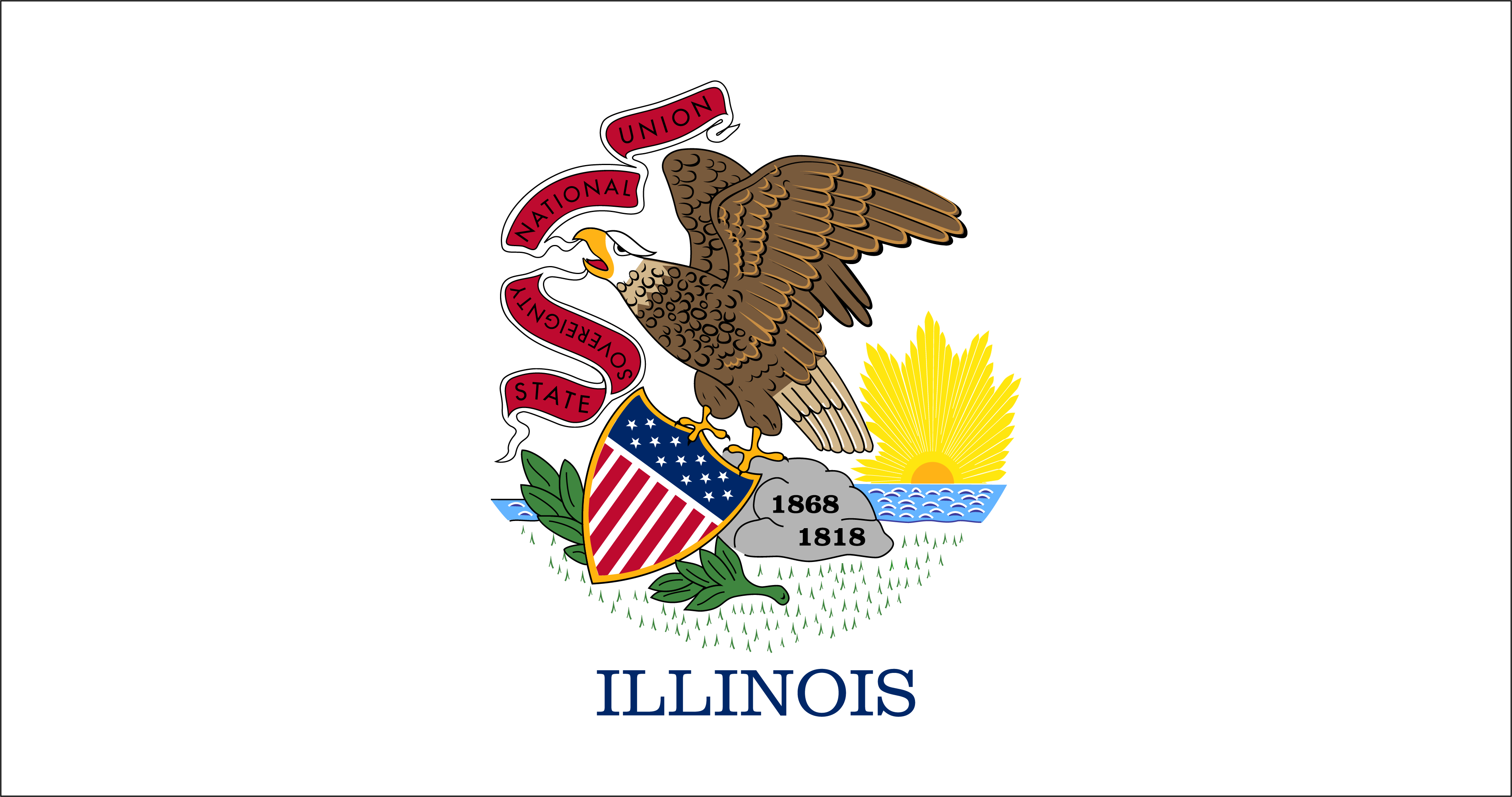Illinois Travelogue
Articles
Travelogues
View more from News & Articles or Primerus Weekly

By Tom Kirvan
Illinois, the so-called epicenter of North America, is home to approximately 12.7 million people, making it the sixth most populous state in the country. Known for its diverse population, with significant African American, Hispanic, and Asian communities, particularly in urban areas like Chicago, Illinois has a rich cultural heritage, shaped by waves of immigrants from Europe, Latin America, and Asia. The state’s population is concentrated in the northeastern part, especially in the Chicago metropolitan area, while the rest of the state, characterized by smaller cities and rural areas, is known for its agricultural roots.
Illinois is a state of varied landscapes, ranging from the bustling urban environment of Chicago to the rolling plains and farmland that stretch across much of the state. The state covers an area of 57,914 square miles and features a variety of geographic regions, including the fertile plains of the central and northern parts, the Shawnee Hills in the south, and the western boundary defined by the Mississippi River. Illinois is part of the Central Plains, with its landscape dominated by flat to gently rolling terrain, making it ideal for agriculture. The state also has a network of rivers, including the Illinois and Ohio Rivers, which contribute to its importance as a transportation hub.
Illinois has a rich history that dates back to the indigenous peoples who lived in the region long before European exploration. The Illiniwek Confederation, a group of Native American tribes, were the original inhabitants of the area. French explorers, including Jacques Marquette and Louis Jolliet, arrived in the late 17th century, marking the beginning of European influence in the region. The state's history is deeply intertwined with the expansion of the railroads, the growth of Chicago as a major economic and cultural center, and its significant role in the Civil War. Illinois was the home of Abraham Lincoln, the 16th President of the United States, whose legacy is celebrated throughout the state. Long known as the Land of Lincoln, Illinois also bears the nickname of the Prairie State.
Illinois has a robust economy, driven by a combination of agriculture, manufacturing, finance, and technology. The state is a leading producer of corn, soybeans, and other agricultural products, thanks to its fertile soil and favorable climate. Chicago, the largest city in Illinois – and third most populous in the U.S. – is a global financial center, home to major institutions such as the Chicago Stock Exchange and the Chicago Mercantile Exchange. The city is also a hub for manufacturing, transportation, and logistics, with its strategic location making it a key player in national and international trade. Illinois is a leader in education and research, with institutions like the University of Illinois contributing to advancements in technology, engineering, and medicine. Tourism, particularly in Chicago, adds to the state’s economic vibrancy, drawing millions of visitors each year.
Springfield, located in the central part of the state, is the capital of Illinois. With a population of around 115,000, Springfield is known for its rich history, particularly its association with Abraham Lincoln, who lived there before becoming president. The city also is the site of several historical landmarks, including the Lincoln Home National Historic Site and the Abraham Lincoln Presidential Library and Museum. Chicago, on the other hand, with a population topping 2.7 million, is a global city renowned for its architecture, cultural institutions, and diverse neighborhoods. Chicago is a major economic, cultural, and transportation hub, often referred to as the “Windy City” and is famous for its iconic skyline, museums, and deep-dish pizza.
Must-See Tourist Destinations


Capital: Springfield
Population: 12.7 million
Highest point: Charles Mound (1,235 feet)
Economic Engines: Manufacturing, agribusiness, life sciences, and biotech
Major Rivers: Mississippi, Illinois, and Ohio
Primerus Members:
Kozacky Weitzel McGrath, P.C., PBLI
(Chicago, Illinois, U.S.)
Kozacky Weitzel McGrath, P.C., a full-service law firm located in Chicago.
Lipe Lyons Murphy Nahrstadt & Pontikis Ltd., PDI
(Chicago, Illinois, U.S.)
Lipe Lyons Murphy Nahrstadt & Pontikis Ltd., a full-service law firm located in Chicago.
Roberts Perryman P.C., PDI
(Edwardsville, Illinois, U.S.)
Roberts Perryman P.C., a firm with offices in Belleville and Edwardsville, specializing in insurance defense, toxic tort, trucking and transportation, and employment law.